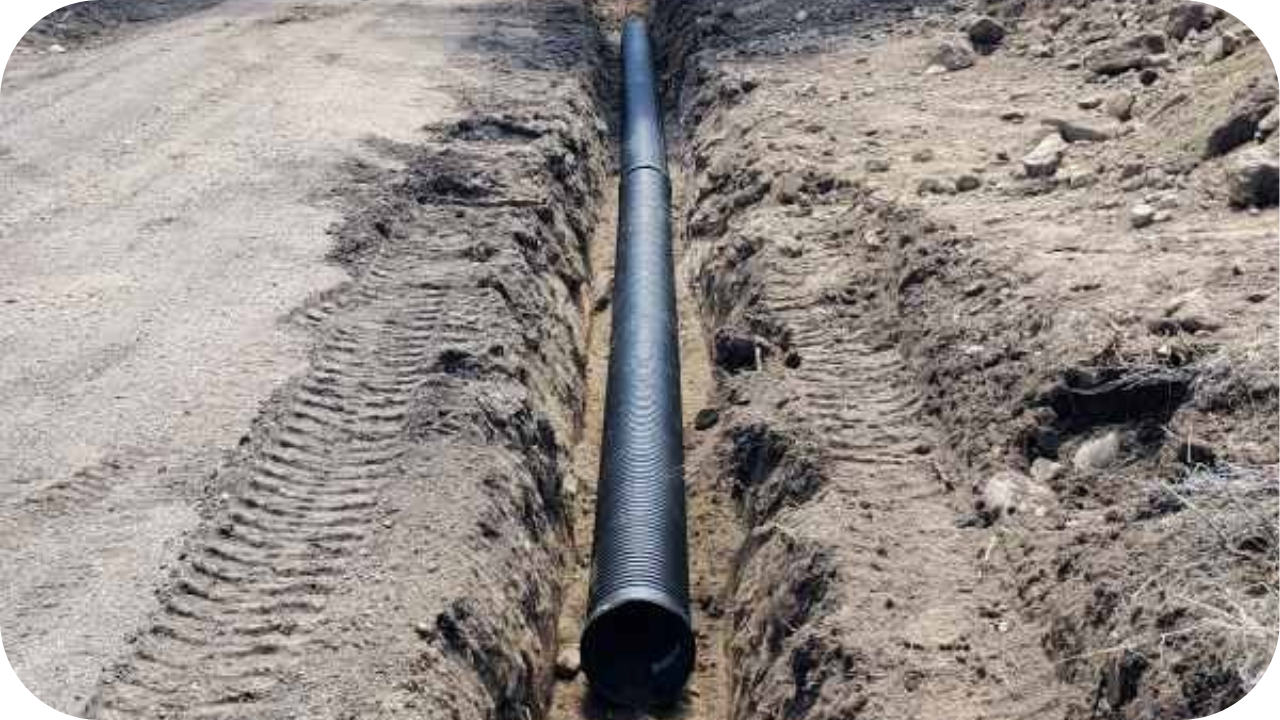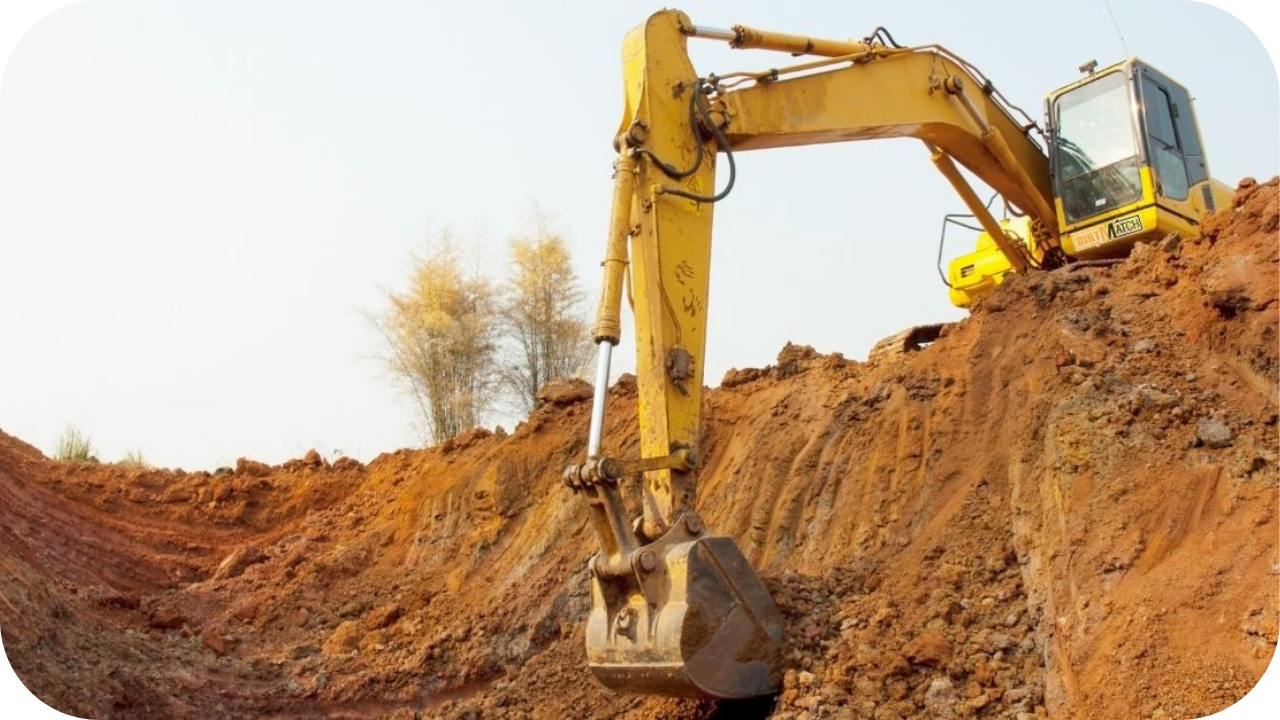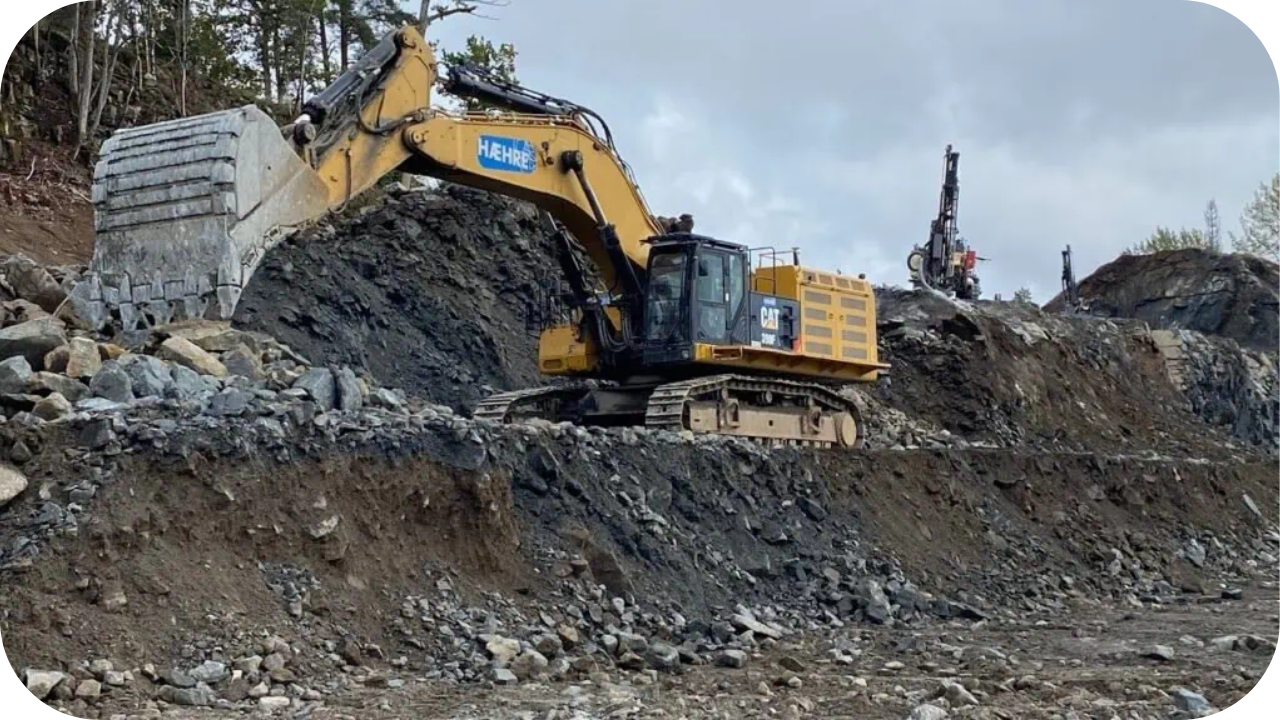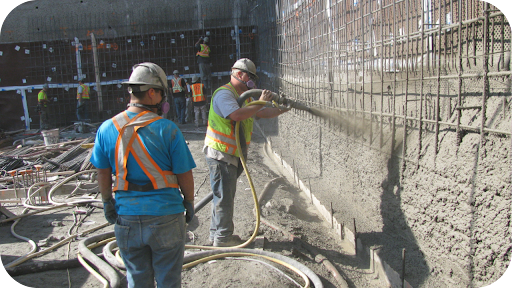

.png)
One wrong move during benching and boom, your site’s unstable, unsafe, and way over budget. Around 60% of excavation delays are due to poor groundwork planning.
That’s not just frustrating. It’s costly. Risking soil collapse, water damage, or fines isn’t worth the shortcut. Mistakes made early can haunt the entire build.
In this guide, we’ll break down five common site benching mistakes and how to dodge them like a pro. Let’s set your project up for success from the ground up!
Overlooking soil conditions during site benching can create major problems during and after construction. Each site has a unique soil composition that affects how it behaves when disturbed.
Failing to test for moisture content, compaction, and load-bearing capacity can lead to bench collapse, erosion, or sinking foundations. Clay-heavy soils may hold water, while sandy soils may shift easily. Without proper assessment, excavation plans may become unsafe or unworkable.
Before any earth is moved, it is critical to consult a geotechnical expert. They will identify the correct method for stabilising the site and guide decisions around retaining, filling, or cutting.
Solid preparation reduces rework, limits drainage complications, and ensures a stable platform for future builds. Skipping this step is a gamble that rarely pays off.

Water runoff can wreak havoc on a bench site if drainage is not carefully planned. When soil becomes saturated, it loses strength, increasing the risk of slips, erosion, or pooling.
Improper grading often directs water toward structures or neighbouring properties, leading to disputes or structural damage.
Common signs of bad drainage include soft patches, cracking, or standing water after rainfall. Simple fixes like drainage trenches or agi pipes can make a massive difference. A well-executed drainage system moves water away efficiently without damaging the benches or compromising stability.
Involving an experienced earthworks contractor ensures the slope angles and runoff paths are designed correctly. Drainage is not an afterthought. It is a vital part of keeping a site safe, compliant, and build-ready long after excavation is complete.
When bench dimensions are miscalculated, it affects everything from site access to structural performance. If benches are too narrow, machines and workers may have limited space to operate safely.
If they are too steep or uneven, it becomes difficult to install foundations or retain soil. Mistakes in bench heights also disrupt slab levels, driveways, or retaining wall alignment. These errors often stem from rushing the design phase or relying on guesswork instead of proper surveying.
Follow civil plans and confirm levels using a laser level or total station. Each bench should support its intended purpose, whether it is for parking, footing installation, or drainage. Getting it right up front saves time and money down the track. Precision is key to preventing costly reworks or safety hazards.

Council and engineering guidelines exist for good reason. Disregarding them during site benching can result in stop-work orders, fines, or having to redo completed work.
Local authorities often require permits, especially when retaining walls are involved or when excavation affects neighbouring land.
Structural engineers may specify bench dimensions, drainage provisions, and retaining systems that must be followed exactly. Builders who ignore these instructions put their projects at risk. Some cut corners to save on labour or materials, only to pay double later when forced to correct non-compliant work.
It is essential to review all permits, plans, and reports before starting any benching activity. Compliance avoids legal trouble, builds trust with clients, and ensures the site performs as expected for the long haul.
Trying to carry out site benching without qualified supervision is a major misstep. While it might seem like a cost-saving tactic, the risks far outweigh the savings. Unsupervised works often lead to uneven cuts, unstable benches, drainage errors, or safety issues that delay the project.
An experienced site supervisor ensures each stage is done properly, from setting the right gradient to compacting the fill. They spot mistakes early, coordinate with surveyors or engineers, and keep the job on schedule.
Most issues in benching arise from poor execution rather than poor design. Having a knowledgeable team on-site gives confidence that every task is completed to spec. At Urban Pour, our supervisors bring precision and accountability to every job. Your site deserves nothing less.

At Urban Pour, avoiding site benching mistakes starts with a methodical and informed approach. Every project begins with a comprehensive site inspection and soil test to assess stability and ground conditions. This ensures we use the correct methods for cutting, filling, or retaining.
Our team prioritises drainage from the planning phase, incorporating solutions like AGI pipes, slope adjustments, and water runoff management to prevent erosion or structural issues.
We follow engineering specifications and local council regulations to the letter. Every bench cut and level is based on precise measurements using advanced equipment, so nothing is left to guesswork. Compliance is non-negotiable.
Our supervisors are always present to oversee the work and coordinate with surveyors, engineers, and trades. With years of hands-on experience, they ensure quality and safety across every detail.
By relying on a skilled team, modern equipment, and strict processes, Urban Pour consistently delivers safe, accurate, and compliant site benching outcomes for projects across Melbourne and beyond.
Cutting corners on site benching can lead to collapses, delays, and compliance nightmares. Avoiding these five mistakes sets the foundation for a safer, smoother build. Whether you’re planning a small excavation or a large-scale development, precision matters.
Trust Urban Pour to handle your site prep with care, compliance, and expertise. Ready to bench smarter? Contact Urban Pour and let’s break ground the right way.

This guide explains why water damage happens in concrete basements and shares proven waterproofing and drainage methods that keep your Melbourne home dry, safe, and structurally sound.
See more
Shotcrete offers fast, reliable and durable concrete solutions for Melbourne projects that need strong support, curved finishes and long-term structural stability.
See more
Post-tensioned slabs boost concrete strength and reduce cracking in Melbourne builds. Learn how this modern method delivers durable, efficient, and cost-effective structural solutions.
See more